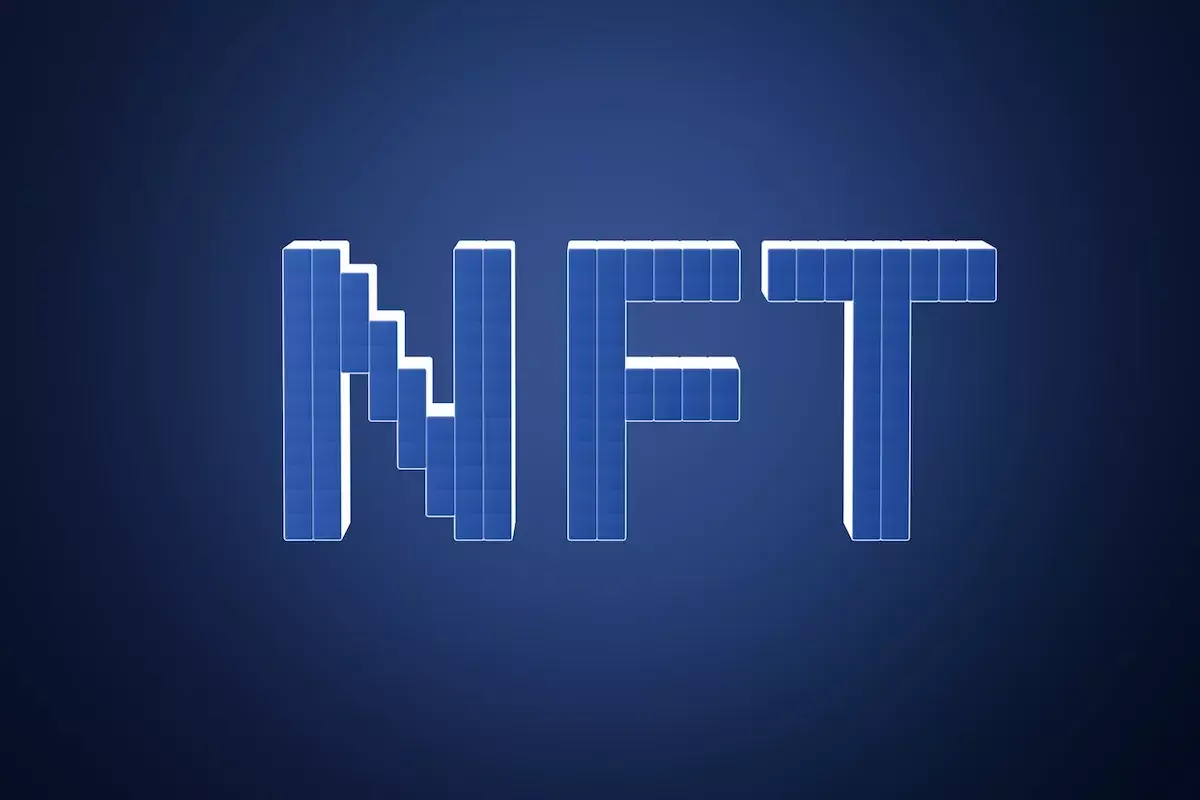The rise of Non-Fungible Tokens (NFTs) has transformed the way we perceive ownership and value in the digital realm. Yet, a term that often surfaces in discussions surrounding NFTs is “whale.” For those uninitiated, NFT whales are collectors or entities that hold an extensive array of NFTs, often exerting significant sway over market trends. This article will delve into what constitutes an NFT whale, their influence on market dynamics, and how to effectively track their activities in the blockchain landscape.
NFT whales are not just affluent collectors; they are pivotal players in the NFT ecosystem, possessing substantial holdings that can manipulate market sentiment and price valuations. Their wealth allows them to acquire several high-value NFTs or significant portions of entire collections. Consequently, their activities—whether buying up assets or liquidating their holdings—can send ripples through the NFT market, affecting thousands of smaller collectors and investors.
In a marketplace driven by perception and community sentiment, the actions of these whales can create waves of Fear of Missing Out (FOMO) or trigger panic sell-offs. When a whale executes a large purchase, other collectors may feel compelled to invest as well, fearing they might miss out on a potential price surge. Conversely, the sale of NFTs by a whale can result in rapid declines of project prices, instilling apprehension among smaller investors regarding the authenticity and future prospects of the collection.
The influence exerted by NFT whales extends beyond mere price settings; it also encompasses community sentiment. Seeing a noted whale acquire multiple units from a collection can lend credibility, reinforcing the legitimacy of the project and attracting new investors. Conversely, when high-profile wallets offload assets, it may lead others to question the value and sustainability of the collection.
Despite the opaque nature of individual identities behind wallet addresses, blockchain technology promotes an unparalleled degree of transparency. Each transaction is recorded and accessible to public scrutiny, allowing enthusiasts and analysts alike to observe movements of significant wallets. However, the pseudonymous nature of ownership raises questions regarding the accuracy of interpretations when whales divest or invest.
Navigating the blockchain to track whale activities may seem daunting, but various platforms simplify the process. Blockchain explorers like Etherscan, BscScan, and Polygonscan enable users to scrutinize transaction histories and wallet activities. Additionally, sophisticated analytic platforms such as Nansen provide insights into known wallet holders and their buying patterns.
Users can also take advantage of social media channels like Twitter and Discord, where communities often discuss monumental transactions. Whale alert bots on platforms like Twitter notify followers about substantial buy or sell orders, granting investors real-time access to market shifts.
For collectors eager to analyze a specific collection, the steps are quite straightforward:
1. **Identify the Collection’s Contract Address**: First, pinpoint the contract address for the desired NFT collection.
2. **Conduct a Block Explorer Search**: Use Etherscan to investigate the address—check the “Holders” section to see which addresses command the most NFTs.
3. **Determine Whale Activity**: Sort the results by the number of NFTs held, to identify the top wallets of interest.
4. **Cross-reference Data**: Analyze whale behaviors on platforms like Nansen for trends in buying or selling.
5. **Set Alerts**: True insights are garnered by understanding the context of transactions, not just their size. Recognize patterns such as floor sweeping—where whales buy several NFTs at the lowest price points, often indicative of bullish sentiment.
Diving deep into whale tracking might stir excitement, but it is crucial to exercise prudence. The NFT ecosystem is not immune to manipulation; schemes such as wash trading aim to create false impressions of demand. Furthermore, pump-and-dump tactics can drive prices artificially high, only for whales to sell off their holdings, leaving smaller investors at a loss.
Being cautious about the information shared on social media is equally essential—one should never accept knowledge at face value. Investigating and verifying claims through multiple credible sources can provide a more robust understanding of market movements.
Moreover, consider the ethical implications of exposing the identities of pseudonymous collectors. Respecting the privacy of these individuals is paramount to fostering a healthy community atmosphere.
The landscape surrounding NFTs is rapidly evolving, marked by volatility and innovation. Tracking the movements of NFT whales offers critical insights into market psychology and potential investment pathways. However, it’s essential to recognize that just because a whale acts does not guarantee success for every collector’s strategy.
As collectors navigate this vibrant marketplace, they should remain grounded, combining blockchain insights with their research. By prioritizing due diligence and maintaining a healthy skepticism, collectors can better position themselves in this exhilarating yet unpredictable environment. Remember, while whale activities provide valuable data, sound investment choices require a holistic perspective that extends beyond the actions of the most prominent players.


Leave a Reply